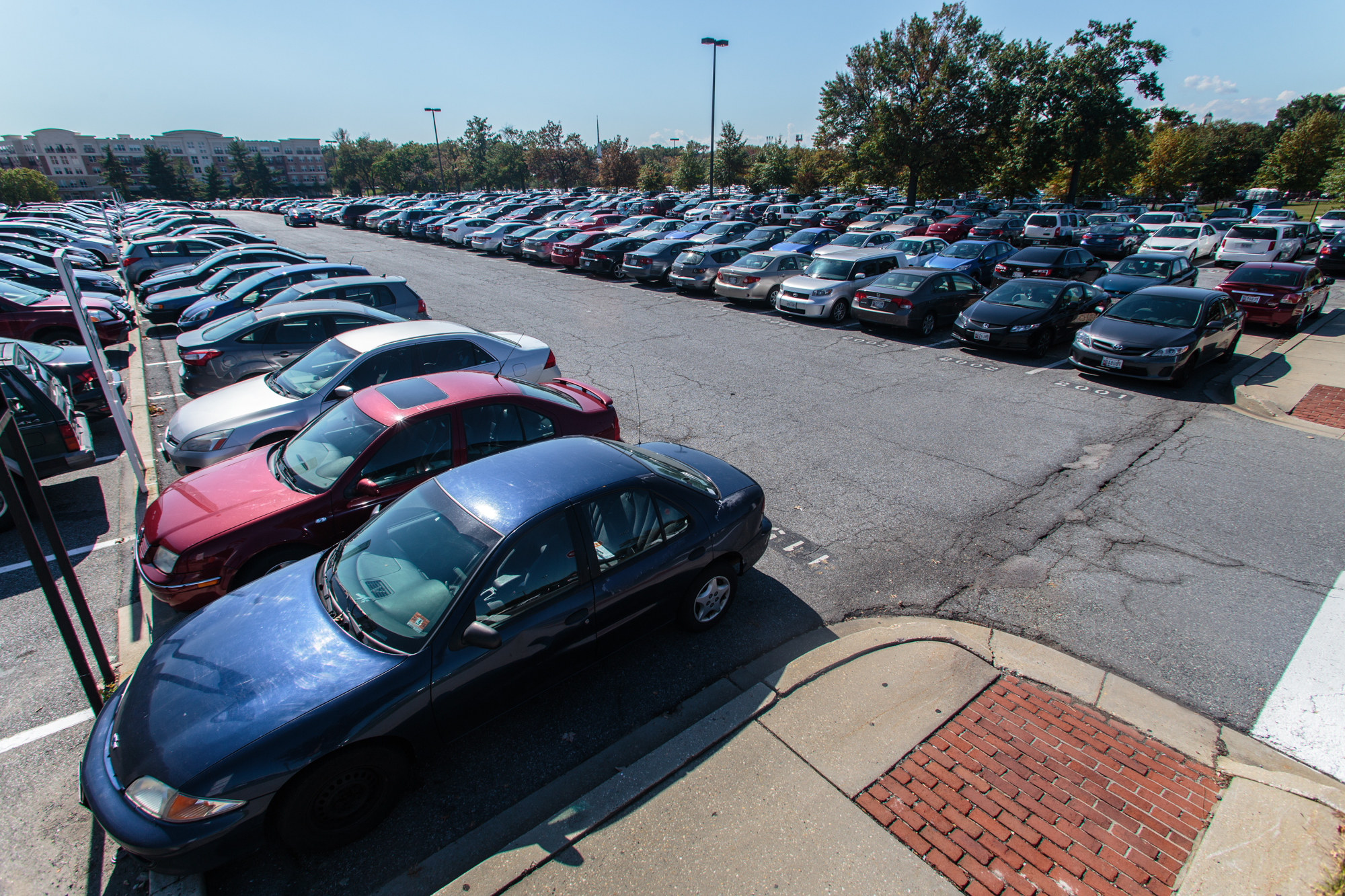With the University of Maryland facing major construction-related parking losses and a lack of funding to build new garages, a university project is looking into possible remedies.
Hiroyuki Iseki, a professor of urban studies and planning, has been working with the Office of Sustainability and Department of Transportation Services to develop a transportation demand management project, which will explore parking solutions influenced by people’s travel habits and use existing spaces more efficiently.
“Many universities have been struggling because of a shortage of parking and the high cost of building parking structures within the limited space on campus,” Iseki said. “So there are many universities that have been applying what we call transportation demand management programs.”
While Iseki recognized that DOTS has already started to implement some helpful programs such as the bike-share program and carpooling initiatives, he said he has done significant research in the field of urban development, and he has more ideas about how the university could respond to these losses.
One solution he has seen at other universities is the use of underground parking, but he said that would be more expensive to build than a regular ground-level parking garage. DOTS Director David Allen said at a College Park City Council worksession on Dec. 6 that a 3,000 space garage would cost the university $100 million. DOTS also recently proposed an idea to build a 1,000-space parking lot in a wooded area near Xfinity Center, but the Residence Hall Association voted against the proposal last month. Allen told the city council last week that the plan is “pretty much on life support.”
With the university projecting to lose 2,000 parking spaces between spring 2017 and fall 2018, building new parking facilities in time to address shortages is becoming less and less of an option for the university. Moreover, Iseki said the university should instead focus on the parking options the campus currently offers.
For example, other universities such as the University of California, Irvine, use off-campus parking lots that students can park in and then take a short commute to campus by bike. DOTS is currently exploring an option to see if there is an available parking lot in the surrounding area.
“When I was a grad student at UCLA, I took courses at UC Irvine, in Orange County, and they had a remote parking lot which costed probably 60 percent less,” Iseki said. “I parked my car there and then took my bicycle to go to campus.”
Iseki also suggested the university change its parking system to make it meter-based instead of permit-based. That way, people will park for less time, creating turnover opportunities, he said. But this could also send the “wrong signal” to students, staff and faculty by incentivizing them to work and study less on the campus.
DOTS could also analyze the demand for parking based on peak times of use, which would allow them to oversell their parking spaces based on when certain people use different lots, Iseki said. This would provide more permits for students as well as more revenue for DOTS.
“Residential and commercial land use have different patterns of parking demand within the time of day,” he said. “Some places can actually take advantage of different peak times in parking demand and actually allow more cars to park than it may seem in the beginning.”
Penn State University already utilizes this practice, said Jason Thomas, the special projects coordinator for Penn State Transportation Services. They currently have approximately 17,000 spaces on their campus, but a little more than 18,000 people have permits.
“Typically you’re going to find that universities will often issue more parking than they actually have spaces,” Thomas said. “There’s a formula to be able to do that, the idea being that not everyone who registers for parking drives every day. They don’t use it all year; some of them carpool, but it does depend on the area.”
Penn State has a “parking allocation manager” who constantly keeps track of how many spaces they have, what is being affected by construction, what is being sold and what daily parking use looks like, Thomas said. The school also prohibits freshmen residents from parking on the campus. Both George Washington University and the University of Michigan limit their resident student parking eligibility to upperclassmen only.
This university already has a plan in place to eliminate parking for resident freshmen and sophomores beginning next fall.
And while this university isn’t currently at maximum capacity, Allen expressed concern about construction eliminating more parking in the long-term.
“Right now, there are a certain number of buildings that are being planned,” he said. “In my opinion, until we are able to solve some of these parking problems, I don’t see how building on-campus on parking lots can continue at the pace that it currently is at.”



